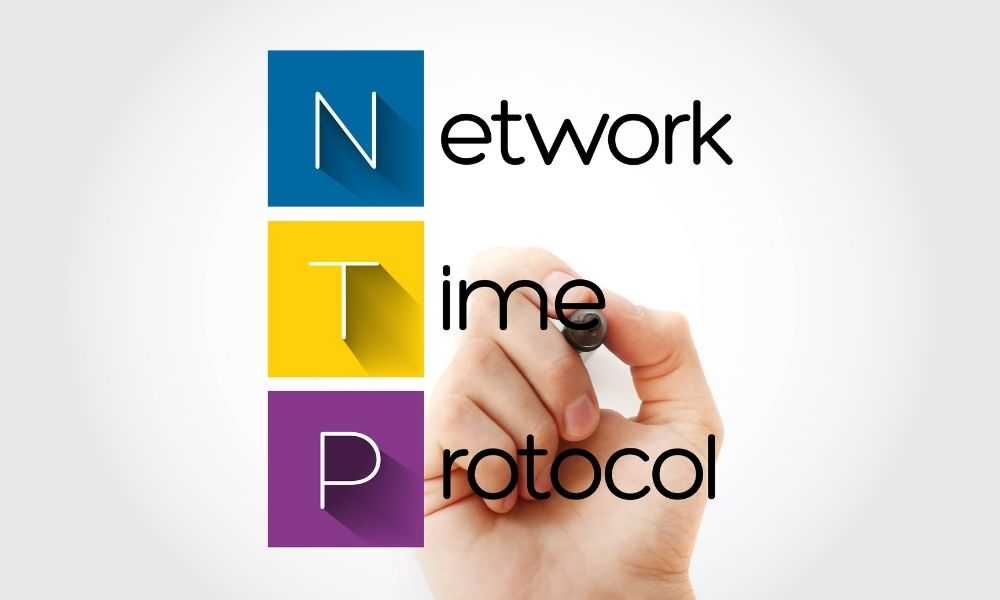The Differences Between NTP and PTP

Network Time Protocol (NTP) and Precision Time Protocol (PTP) are two standards for synchronizing clocks by linking them with computer networks. While people often take accurate time for granted when interacting with devices, these protocols are pivotal for all kinds of facilities. Precise and connected time displays on clocks and computers help staff in industrial businesses, offices, schools, and other types of settings keep track of their activities. Synchronized time also makes network troubleshooting easier if a problem arises, since people can see exactly when the issue occurred. With all this in mind, you may want to determine which protocol is better for your situation. We’ll help you with this by explaining the differences between NTP and PTP.
Network Time Protocol
Of the two, Network Time Protocol is the older system. Within its structure, individual devices connect to an NTP server, which in turn usually receives its time information from satellites in a GPS network. These different levels are called strata. Stratum 0 consists of those GPS satellites or other accurate time sources, such as atomic clocks. Stratum 1 includes the servers that are directly communicating with Stratum 0. From there, each subsequent device references the stratum above it (the lower number stratum), often connecting to multiple devices in that level to gain time data that is extremely accurate. Strata can reach a maximum of 15 levels, but in practice, Stratum 2 or 3 is where a network will often operate. The TM1000A NTP servers that we at Time Machines provide utilize GPS signals from the United States’ GPS satellites to synchronize clocks and devices in your building. Their times are accurate up to about a millisecond.
Precision Time Protocol
Precision Time Protocol is newer, with its first implementation starting in 2002. Overall, its structure is similar to NTP in that there are different levels within it and GPS satellites can serve as its time source. However, the major difference between NTP and PTP is that PTP is accurate to microseconds., meaning that it is more exact than NTP. This is possible because PTP devices keep hardware timestamps of different points during communication between master (higher time reference device) and slave (lower time-receiving device). Consequently, they can account for the small amount of time it takes for signals to travel between devices, called network latency, and adjust so those tiny pauses don’t influence their time displays. The Time Machines TM2000B can provide you with this more exact functionality because it supports both NTP and PTP.
Whether you need a network time server, an NTP clock, or a programmable clock timer, give Time Machines a call today to ensure that your facility can receive and maintain the correct time daily.
